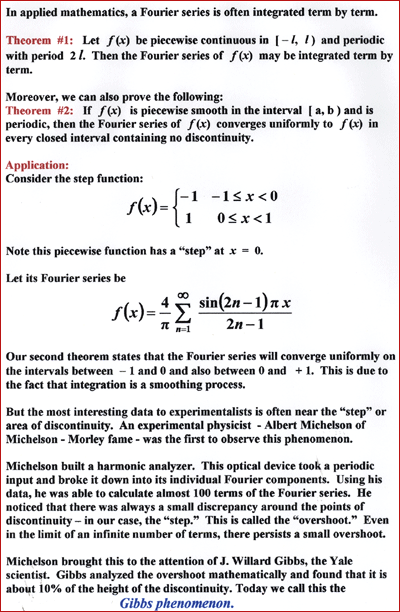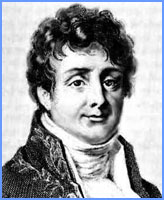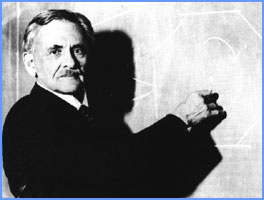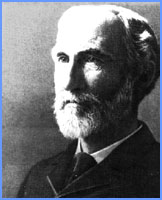
For the
student . . . .  |
Background . . . .
To view the simulation please click on this link: Be alert. You need a Java enabled browser to see the simulation . The latest version of Netscape (7+) will support Java. Falstad's simulation has various buttons. Select the "Square" button. The simulation has two sliders. By moving the upper slider you increase the number of terms. [ Recall that Michelson calculated up to almost 100 terms in the Fourier Series by hand! ] Be sure to focus on the curve as it nears the "step." This is the overshoot now named the Gibbs phenomenon. By moving the bottom slider you increase the frequency of the sound wave. Be sure to turn on your audio to listen to the difference. If you have closed the Applet Window, and want to view the simulation again, click on the "reload" or "refresh" button.
|
|
|
|||
| A large number of physics
simulations are available at Falstad's web site.
See "Square Functions" and other Fourier applications at < http://www.falstad.com/mathphysics.html >. |
|||
|
|
|
 |




